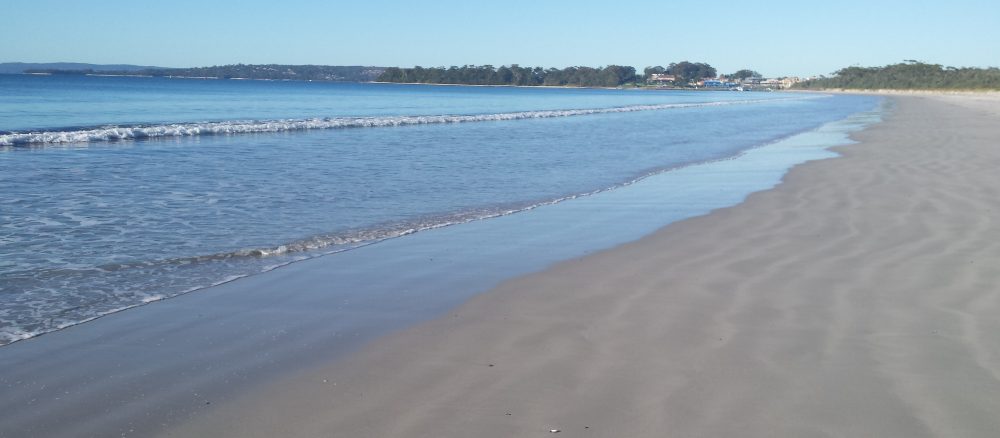A recent ancestry.com email brought news of an update in ethnicity from my DNA test. In the main it was pretty much as expected but showed that 1% of my DNA was of Senegal origin. Having an African ancestor was not a complete surprise being more like confirmation of my genealogical research where records show that my 3x great grandmother Eliza Thomasina (Walsh) Briscoe was born in the West Indies, and specifically Jamaica.

Jamaica
As I have told in earlier posts: Eliza Thomasina (Walsh) Briscoe (1808-1875) on 11 July 2021; Thomas Walsh (1777-1810) on 28 Aug 2017; and Ann Eloisa French (1787-1835) on 13 Oct 2017, Jamaican church records show that Eliza Thomasina was born in Kingston, Jamaica, the daughter of one A.E. French. Subsequently, a local professional genealogist confidently declared that A.E. French had African slave origins rather than European. Other researchers have suggested that she was most likely Ann Eloisa (or Ann Eliza) French who was a quadroon, a person of one-quarter Black ancestry, however no documentary evidence has yet been discovered.
Ann Eloisa’s mother was Jane Charlotte Beckford a free mulatto (which is a person with one white and one black parent) who was born in about 1762. Jane Charlotte was an interesting figure. In 1782 George French, an Assistant Judge in the Jamaica High Court and a Solicitor for the Crown and Clerk of the Peace in Spanish Town (The Ffrench Connection website), petitioned the House of Assembly on behalf of Jane Charlotte Beckford for the granting of rights and privileges of white people. Subsequently in 1784 the Jamaica House of Assembly passed an Act to entitle Jane Charlotte Beckford of Saint Catherine a free mulatto, and George French and Edward French free quadroons the children of the said Jane Charlotte Beckford, to the same Rights and Privileges with English subjects born of White Parents under certain Restrictions.
Jane Charlotte is believed to be the illegitimate daughter of Ballard Beckford and Sarah (or Mary) Smith. Because Jane Charlotte was a mulatto, Sarah Smith or her ancestor would have been my slave ancestor transported from Senegal.
This has led me to have closer look at the slave trade to Jamaica and in particular those slaves who were from Senegal.
The Slave Trade
Historical accounts show that slavery existed in West Africa for hundreds of years before European occupation. African kingdoms engaged in slave trading and African elites held slaves. During the Middle Ages, slaves were transported by Arab camel caravans along hazardous land routes extending northward through the Sahara. Most slaves were prisoners taken during battles between warring tribes or those who had become financial debtors who worked to gain their freedom.
The first African slaves were transported to the New World from about 1517 and the trade continued until the mid-1800s. In total, it is estimated that over 12.5 million African men women and children arrived in the United States, the Caribbean islands and South America. Many nations and merchants being involved, including: Portuguese/Brazil, Spanish, English, French, Dutch, Danish, Swedish, Norwegian, German and American.
Jamaica
Europeans first reached Jamaica through Christopher Columbus in 1494, and the island stayed in Spanish hands until England took possession in 1655. During that period slave transportation was at a low level but under the British rule the demand for slave labour increased as the sugar industry expanded. The slave trade to Jamaica peaked in the last quarter of the 18th century and by the time it was abolished in 1809 almost one million slaves had been imported to Jamaica.
What is the story of the slave trade from Senegal to Jamaica?
Senegal
Senegal, and particularly Goree Island, together with James Island in the Gambia River, were important historical sites in the West African slave trade. For more than three centuries Goree Island was a major slave market that supplied the United States, the Caribbean and Brazil. Strategically, Goree Island offered a safe haven for the anchorage of ships. At its height there were 28 slave houses operating on the island, where kidnapped people from different parts of West Africa were transferred.


https://jamaicatimeline.com
The British seized control of Senegal from France in 1758 during the seven years war holding it until 1783 when it again became a French colony. Together with the neighbouring Gambia, this British colony was known as the Senegambia. It is located within a tropical zone bounded by the dry north and wetter forested areas of Guinea to the south.
With the slave trade at its height during this period, the British transported slaves from its many colonies in Africa. The Senegambia region accounted for 3% of the one million slaves imported to Jamaica, as shown in the accompanying table extract.
My African ancestor would have been one of the 27,325 slaves who survived the voyage to Jamaica. Assuming an arrival within one or two generations of when Jane Charlotte Beckford was born in 1762, my ancestor would be included in a smaller group of several thousands. In the absence of detailed historic shipping and slave sales records this will be as close as I will get to identifying my African ancestor.
Family history has enabled me to unearth many ancestors of whom I am proud, amazed and inspired by their achievements and the struggles they endured during those earlier times. My African ancestors have embodied another dimension of survival in the face of some of the worst that humans can inflict on one another.





